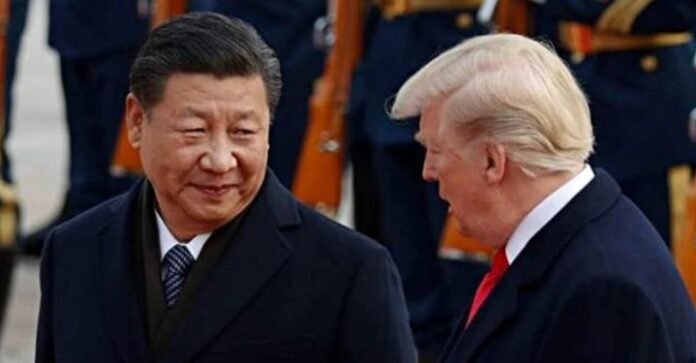In a dramatic move, China has significantly raised its tariffs on a range of U.S. goods, bringing the new tax rate up to an astonishing 84%, effective April 10. This escalation is part of a growing trade conflict between the two largest economies in the world and marks a significant departure from previous tariff policies.
The decision to increase tariffs to 84% follows a series of disputes and failed negotiations between Washington and Beijing, over a range of issues from intellectual property theft to market access. Both sides have exchanged blows in the form of tariffs and other trade barriers over the past few years, but this latest increase is seen as a clear indication of China’s frustration and determination to push back against what it sees as U.S. protectionism.
For the past few years, trade between the U.S. and China has been increasingly turbulent, with both countries imposing tariffs on hundreds of billions of dollars’ worth of goods. The U.S. has been particularly vocal about China’s trade practices, accusing the country of manipulating its currency, stealing intellectual property, and unfairly subsidizing its state-owned enterprises. These complaints were largely at the heart of the trade war that erupted under the Trump administration.
Despite efforts to resolve these tensions, including the signing of a Phase One trade deal in early 2020, issues between the two nations have remained unresolved. Washington’s most recent actions, including sanctions on Chinese tech companies like Huawei and ByteDance, have only served to inflame matters further. The Biden administration, while signaling a potential shift toward multilateral diplomacy, has continued to use tariffs as a tool of leverage.
Beijing’s new tariff hike is viewed as a retaliatory measure, a signal that it is willing to take bold action in defense of its economic interests. The Chinese government has stated that the U.S.’s unilateral actions are unjust, and that the new tariffs are necessary to balance the scales. The increase targets a wide array of U.S. goods, including agricultural products, industrial machinery, and high-tech components, which will likely have significant ramifications for businesses on both sides of the Pacific.
One of the key industries affected by this tariff increase is agriculture. American farmers, who were already struggling due to the trade war, are now facing even higher barriers to selling their goods in China. The U.S. Department of Agriculture had previously estimated that agricultural exports to China could reach $14 billion in 2025, but with the new tariffs, this estimate may now be in jeopardy.
Similarly, the technology sector will also feel the impact. Chinese companies, already heavily dependent on U.S. technology and equipment, may now face delays and price hikes in acquiring critical components. This will affect everything from smartphones to consumer electronics and might slow the pace of innovation within China’s rapidly growing tech industry.
While the tariffs will certainly put a strain on U.S. exports to China, it is important to note that China’s own domestic industries could also face challenges. Higher tariffs may encourage businesses in China to look for alternatives to U.S. products, potentially opening doors for competition from other countries. Furthermore, increased costs for Chinese consumers could dampen demand for some products.
In the short term, analysts predict that this escalation will lead to market volatility, with both U.S. and Chinese stock markets facing declines. The ripple effects of these tariffs could extend beyond the U.S. and China, affecting global supply chains and international trade. Countries that are heavily integrated into the U.S.-China trade network, such as South Korea, Japan, and European Union member states, could experience disruptions in their own economies.
For President Biden, this tariff increase presents a difficult challenge. The administration has stated that it is committed to holding China accountable for its trade practices, but it must also balance this with maintaining good relations with allies and avoiding a full-blown trade war. The administration is expected to continue diplomatic efforts to resolve these issues, but it is unclear whether this will be enough to de-escalate tensions in the near term.
This latest escalation marks a new chapter in the U.S.-China trade war, with both countries locked in an economic standoff. As the situation develops, it remains to be seen whether China will implement further tariff increases or whether the U.S. will adjust its policies to bring about a resolution. For now, businesses, consumers, and policymakers will need to navigate this new reality and brace for the consequences of the ongoing trade battle.

